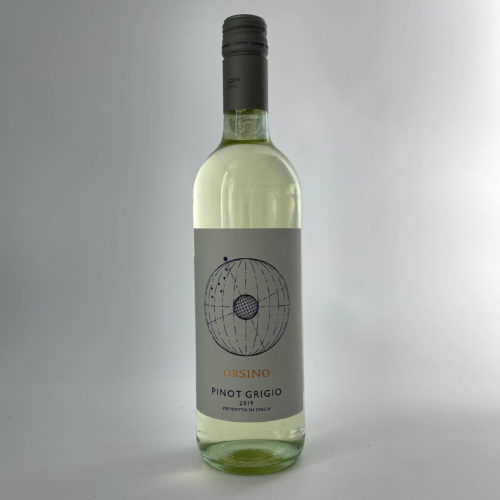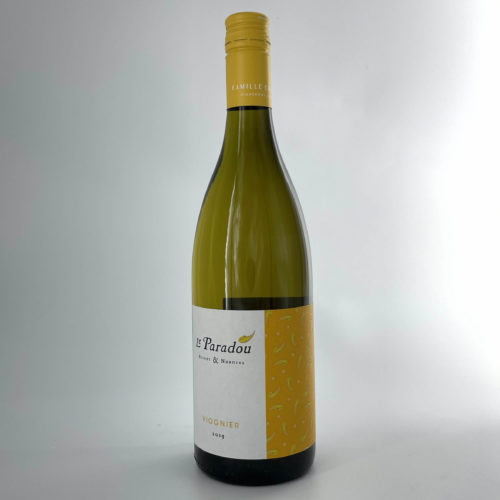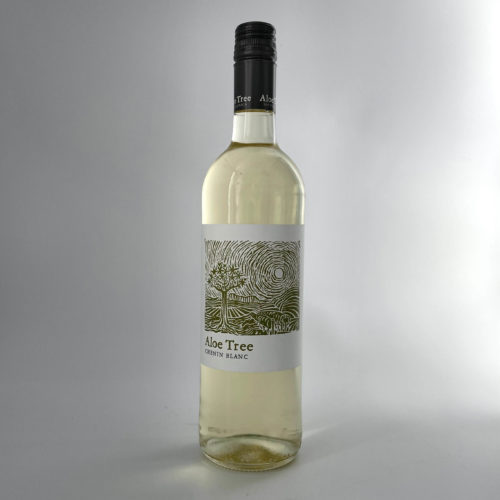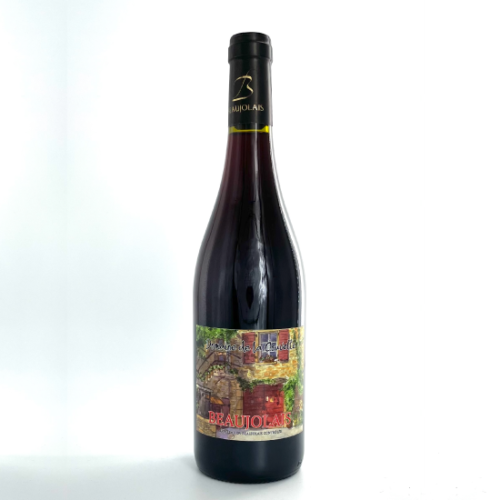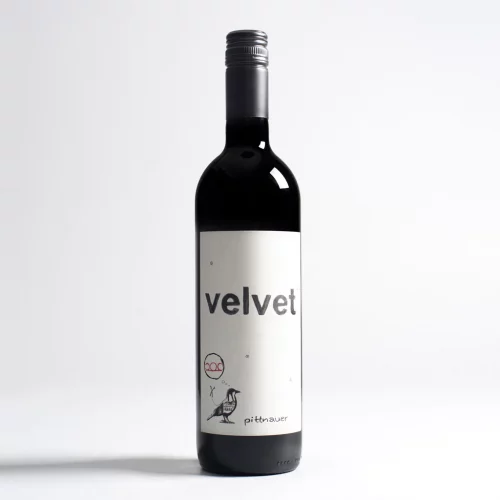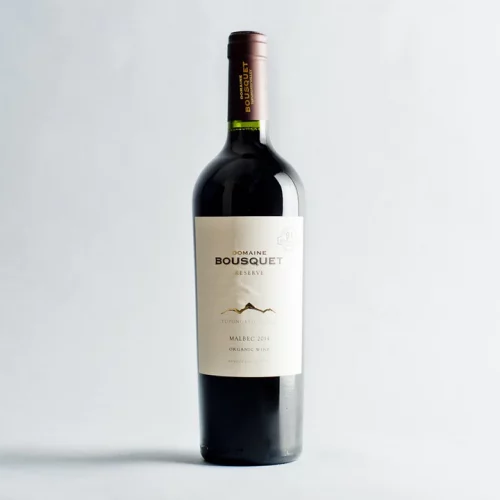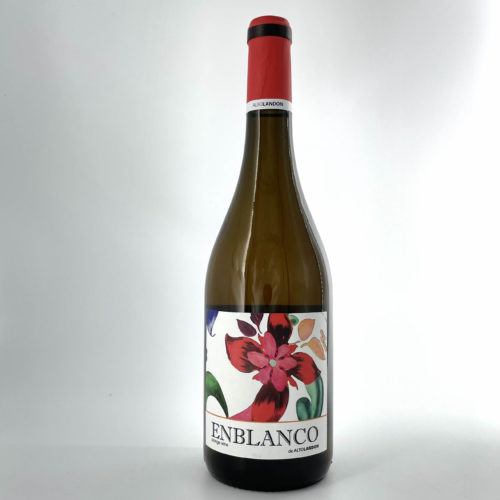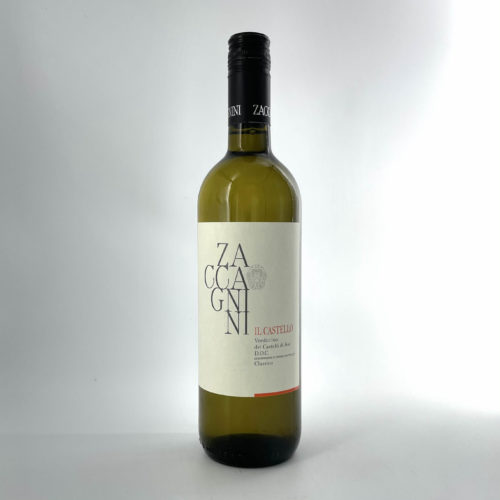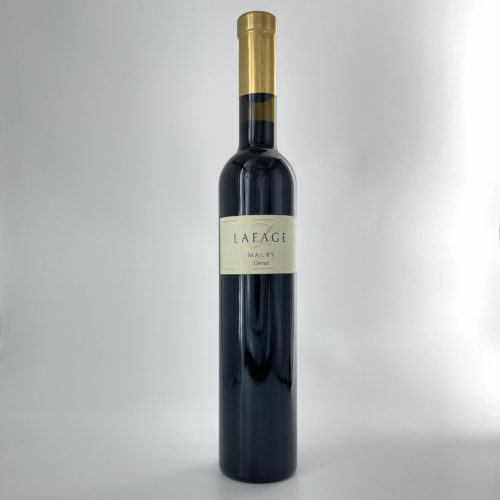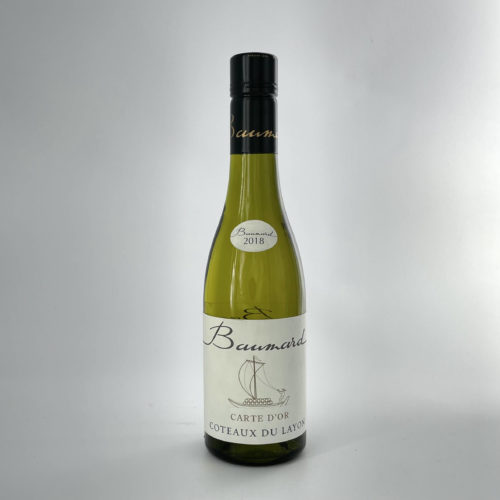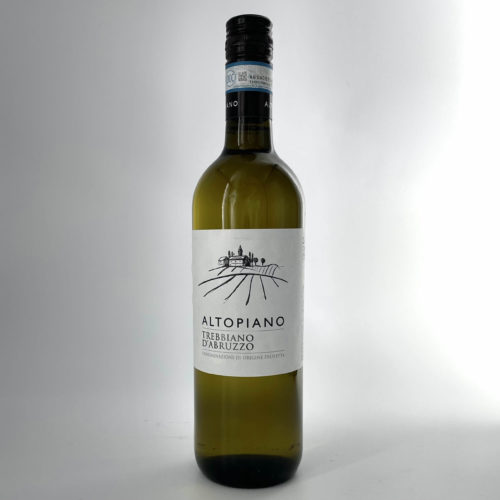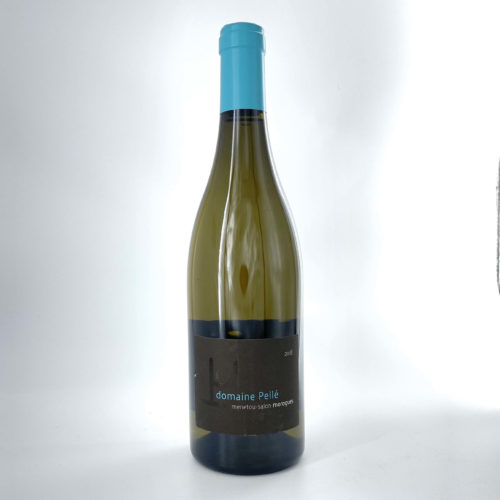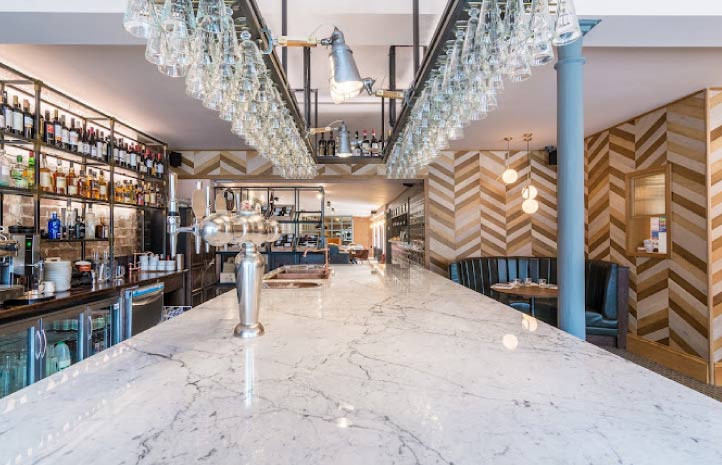Pinot Grigio Orsino, Veneto, Italy
Orsino Pinot Grigio is from the volcanic soils of Veneto. Meaning “little bear,” it depicts a constellation of stars that overlook and protect the vineyards by night.
The vineyards are located on the hillsides and planted on clay soil. Cultivated in the espallier system and pruned Guyot style. Grapes are harvested at dawn and late in the day to maintain fresh acidity. Clusters picked during the cooler hours remain intact and there is no risk of skin fermentation during transport.
Viognier Le Paradou, Chateau Pesquie, Ventoux, France
This family run domaine came to being in the early 1970s, when Odette and René Bastide spotted the potential of the Ventoux region and took over an area of rundown vineyards. In 1985 Edith and Paul Chaudière took control and created one of the first independent wineries of the AOC, in an area which had previously been dominated by cooperatives. In 2003, Paul and Edith handed over the running of the estate to their two sons, Alexandre and Frédéric, who have since set about converting the domaine to organic farming. They are blessed with vineyards in an enviable location, ideally situated at the crossroads between the Alpine and Mediterranean worlds. An average altitude of the vineyards of more than 300 metres and the wide variation of temperatures between days and nights create an excellent physiological balance in the vines, adding colour, concentration and balance to their wines.
Chenin Blanc Aloe Tree, Western Cape, South Africa
The fruit for Aloe Tree hails from the increasingly fashionable west coast of the Cape.
Cool nights and sea breezes combine to extend the growing season, resulting in perfectly balanced, ripe grapes. The iconic Aloe Tree image is sure to be familiar to anyone who has travelled widely through the Cape and is an important part of the biodiversity which South Africa is famous for. The characteristic silhouette provides a backdrop to one of the most spectacular wine regions in the world where wines grow in harmony with the thousands of plant species that make up the Cape Floral Kingdom.
Beaujolais, Domaine de la Couvette, Rouge
Gautier Marion is the fifth generation of the family to manage Domaine de la Couvette, tucked into the gently undulating countryside of Southern Beaujolais. If you could picture what a quintessentially small french producer should look like then Gautier’s property would come very close. He takes great pride in making wines in the traditional carbonic macerated style using his trusty, old concrete vats, which he uses to age the wines as well. Respecting not only the winemaking traditions, but also their 11 hectares of land and the vines that are up to 50 years old, they demonstrate their commitment by making a fully organic Beaujolais – which is full of ripe red fruit, spicy, earthy notes and a lovely smooth minerality.
Velvet, Pittnauer, Burgenland, Austria
Gerhard Pittnauer is undoubtedly one of the stars of the Austrian winemaking scene, producing a host of powerful reds which showcase the quality of Austria’s indigenous grape varieties. His base in the town of Gols is located in the Burgenland region, famed for the amount of sunlight it receives each year. As a result, Gerhard is able to fashion supple, modern wines that all display his signature, silky soft tannins.
Malbec Reserve, Domaine Bousquet, Mendoza, Argentina
The Bousquet family hail from the city of Carcassonne, in the South of France and are 4th generation winemakers. In 1990, they began to explore the idea of leaving behind their vineyard in France to travel and explore opportunities further afield. On one particular trip to Argentina, they fell in love with Mendoza, intrigued by combination of soil variation, altitude and terroir on offer.
In 1997, they took the decision to permanently relocate, buying a parcel of land in the Gualtallary Valley in Tupungato, in the foothills of the Andes. The site is defined by its altitude, with the majority of the vines at around 1,200 metres!
The key objective of the Bousquet family was to unite their tradition of European wine with these unique conditions and produce wines that speak of their terroirs.
Enblanco de Altolandon, Manchuela, Spain
As the lands starts to rise, inland northwest of Valencia, you will find Roselia Molina heading up Bodegas Altolandon.
The property consists of 120 hectares with the winery resting right in the centre, not only making it aesthetically satisfying but also extremely practical. At 1,100 metres above sea level, the altitude serves to benefit the grapes with large diurnal variations which encourage even ripening and also helping retain their natural acidity. Organic methods are used to manage the vines utilising only natural fertilisers and some green pruning to further guarantee the quality of fruit prior to hand-harvesting. The grapes are vinified as naturally as possible with native yeasts and little other intervention. The wines are then aged in French oak and some in clay amphora to retain purity, but build complexity.
Verdicchio dei Castelli di Jesi Classico, Zaccagnini, Marche, Italy
On the opposite coast to Tuscany lies the less well known, but no less beautiful, region of Marche. This is where you will find the family run Zaccagnini winery, established by two brothers.
Playing to their strengths, they have focused on the local grape Verdicchio, and the results are spectacular. Their range of three Verdicchios are as distinctive and individual as you could wish for, with each wine having its own personality and textural signature. All are benchmark examples of this lesser known region on the East coast. Whilst they have been working organically for a few years, from the 2020 vintage, the wines are being certified as organic.
Maury Domaine Lafage, Rousillon, France
Located between the sea and the mountains, half way between Perpignan and the Mediterranean coast, Domaine Lafage is one of our favourite new discoveries. Six generation ‘vignerons’, Jean-Marc and Eliane carry on the Lafage tradition, maintaining their family style of balanced, elegant wines displaying up front fruit. Their hard work has been rewarded with many accolades and medals from the Guide Hachette. What makes their estate particularly interesting is the fact that they grow a wide range of grape varieties (16) and produce an eclectic and varied range of wine styles, from crisp, clean whites to rich, fortified reds
Coteaux du Layon, Domaine des Baumards, Loire Valley, France
One of the Loire’s most lauded producers, Florent Baumard has courted controversy by pursuing his own ideas and challenging the status quo.
In a deeply traditional region, Florent’s early adoption of screwcaps and different vine trellising systems marked him out as the enfant terrible of Savennières. His mantra now encompasses a belief in the individuality of each vintage, believing it should be made with minimal intervention to allow the wine to reflect its vintage and unique character. His Savennières from the famous vineyards of Clos St Yves and Clos du Papillon are rich, yet with a balance and elegance that are unrivalled. His top cuvée of ‘Trie Speciale’ is only made in very exceptional vintages when grape quality is optimal. It is a wine full of paradox, honeyed and yet dry, rounded and yet firm. The rich fruit, tremendous weight and concentration ensure that it is a thoroughly memorable experience.
Trebbiano Altopiano, Feudo Antico, Abruzzo, Italy
Feudo Antico was created on a small plot of land in the heart of Abruzzo. It is in Italy’s smallest DOP and the first designation of its kind in Abruzzo.
Starting from the 2013 vintage, all wines are Magis certified, the most advanced project for the sustainability of wine production in Italy. Currently their 15 hectares are cultivated using native varieties producing limited yields to ensure quality is retained. Clearly they highly value the land they work and this attitude is continued in the winery where the fruit and wine come into contact with no wood whatsoever, only concrete and glass. This guarantees the purity of the fruit, and its flavours, are conveyed from the vineyard direct to the glass.
Mentou Salon Morogues, Domaine Pelle, Loire Valley, France
For a long time, Menetou Salon was viewed as the poor relation of nearby Sancerre. Producers such as Domaine Pellé have ensured that is no longer the case. Anne and Paul-Henry Pellé currently preside over the family estate, the 4th generation of the Pellé family to tend vines here. They farm in a truly sustainable manner and aim to communicate the unique expression of the Menetou Salon terroirs in each bottling. Their ‘Morogues white’ is a blend of 7 different parcels from the highest slopes of the appellation. This location ensures the vines, which are rooted in Kimmeridgian marl soils, are exposed to cool temperatures coupled with long sunshine hours

